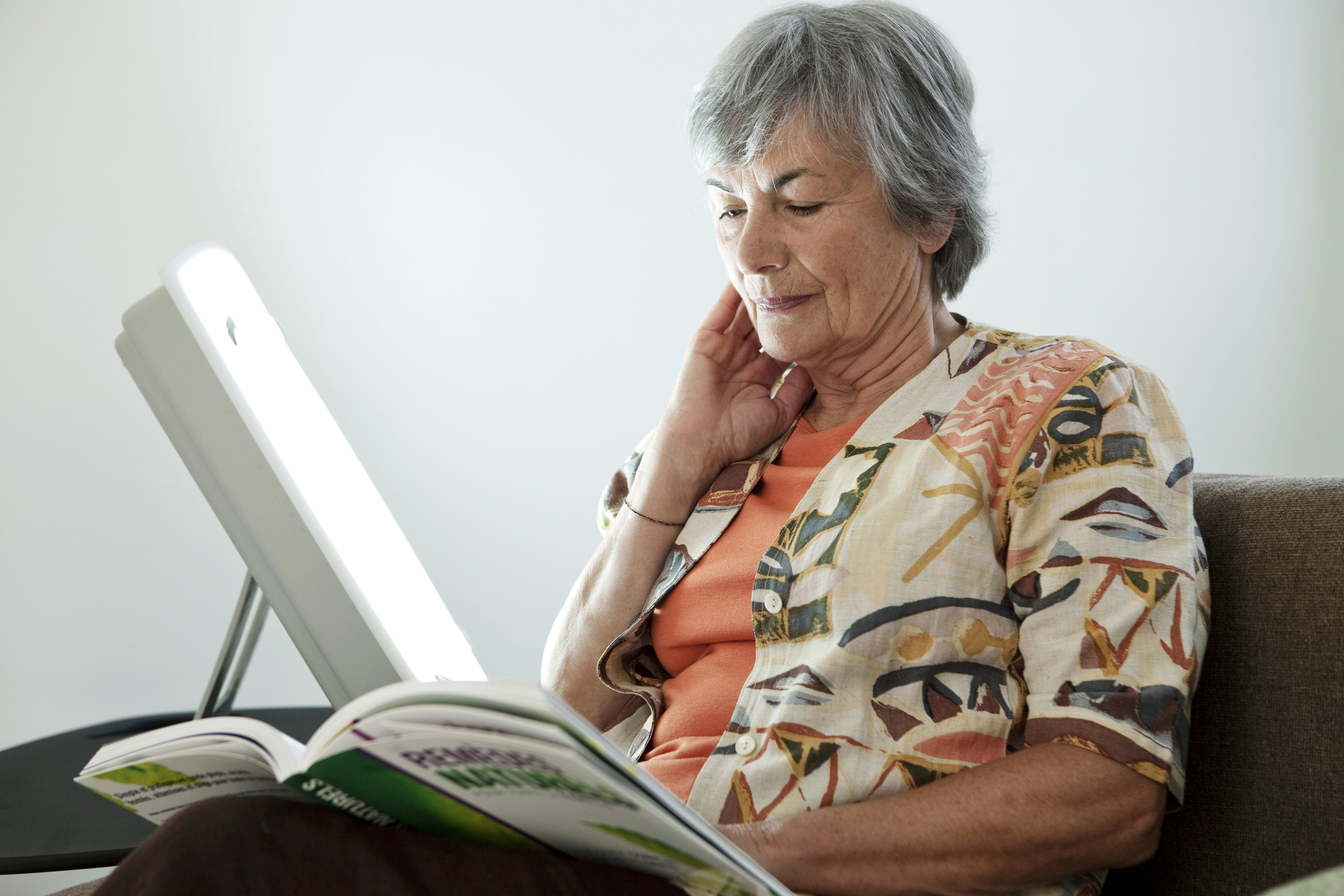
Associated Ailments From Restless Leg Syndrome
Restless Legs Syndrome (RLS) Awareness Week, sponsored by the American Sleep Foundation, aims to improve knowledge about the signs, symptoms, diagnosis, complications, and treatment options of RLS. Restless Legs Syndrome, or RLS for short, is a condition causing an uncontrollable need to move your legs, usually because of an uncomfortable sensation, according to the Mayo Clinic. It usually comes on in the evening or nighttime hours when sitting or lying down. Moving temporarily eases the unpleasant feeling, but it comes right back. While restless legs syndrome, also known as Willis-Ekbom disease, can start at age, it worsens as you get older. Many hospice patients in San Francisco and elsewhere suffer from RLS, which can disrupt sleep and interfere with daily activities.
Approximately seven to eight percent of the US population is living with RLS, says the Restless Legs Syndrome Foundation. Self-care steps and lifestyle changes can relieve symptoms, as can certain medications. It comes with an irresistible urge to move your legs or other appendages and is often accompanied by unpleasant sensations described as tugging, pulling, crawling, tingling, searing, or bubbling. These symptoms usually turn up in the evening, disrupting sleep and reducing quality of life.
Associated Conditions
But aside from the symptoms of RLS itself, there are other ailments associated with this condition.
PLMD
- Periodic limb movement disorder (PLMD) can accompany RLS – a condition whereby the leg muscles jerk and contract during sleep, every 20 to 40 seconds, each one lasting between one and 10 seconds.
- Unlike RLS, contractions associated with PLMD usually do not cause the person to wake up, although the jerking movements may awaken bed partners.
- Four out of five people who have RLS also have PLMD; however, only a third of people with PLMD also have RLS.
- PLMD is also common in narcolepsy, a sleep disorder causing people to fall asleep uncontrollably and suddenly.
Kidney Failure
As many as 25 percent of those suffering from chronic kidney disease also have RLS. While the exact cause is not known, it’s thought to be related to co-existing anemia and iron deficiency, or even a loss of opioid receptors in the brain. RLS is also common in people who have chronic kidney disease and who are undergoing kidney dialysis. Up to two-thirds of patients, in fact, report this problem.
Iron Deficiency
Iron deficiency, even when too mild to cause anemia, has been associated with RLS, with research suggesting that RLS in some people may stem from an issue with getting iron into cells responsible for regulating dopamine in the brain. Studies have shown RLS to be present in a quarter to a third of people who have low iron levels.
Neuropathy
Some experts think RLS, particularly in older adults, could be a form of neuropathy. This is an abnormality in the nervous system apart from the spine and brain.
ADHD
An overlap has been found between some symptoms and treatments for RLS and attention deficit hyperactive disorder (ADHD). About a quarter of children who have a diagnosis of ADHD also have RLS, sleep apnea, or PLMD, with these conditions thought to contribute to hyperactivity and inattentiveness. The disorders have a lot in common, including twitching, poor sleep habits, and the need to get up quickly and walk frequently. This could be due to a deficiency in the brain chemical known as dopamine.
Other Conditions Associated with RLS
Here are some more medical conditions associated with RLS, many of which hospice patients also suffer from. Some have a common cause, while others may coexist because of other risk factors:
- Osteoarthritis (degenerative joint disease): Three-quarters of older adults with RLS also suffer from osteoarthritis.
- Varicose veins occur in one in seven patients with RLS.
- Obesity
- Diabetes: Those with type 2 diabetes tend to have higher rates of secondary RLS. Nerve pain related to diabetes can’t fully explain the higher incidence of RLS.
- Hypertension (high blood pressure)
- Rheumatoid arthritis
- Fibromyalgia
- Hypothyroidism
- Chronic obstructive pulmonary disease (COPD)
- Chronic alcoholism
- Sleep apnea
- Chronic headaches
- Brain or spinal cord injuries
- Muscle and nerve disorders, especially hereditary ataxia (a group of genetic diseases affecting the central nervous system that brings on loss of motor control)
- Psychiatric disorders (i.e., depression)
RLS can develop at any age, even during childhood; however, it becomes more common with increasing age and is more common in women than men. It is prevalent in hospice patients, owing largely to the fact that they spend more time in bed or sitting down.
Treatment can include OTC medicines, changes in lifestyle, or iron supplements (in those who have a lack of iron). Prescription medications can relieve frequent or severe symptoms.
Lifestyle changes can help, such as limiting caffeine, alcohol, and tobacco, which can aggravate RLs symptoms.
Contact Pathways Home Health and Hospice
We do all we can to keep your loved one comfortable, especially if they suffer from conditions like RLS. Contact us to learn more about our hospice program at 888-978-1306.

